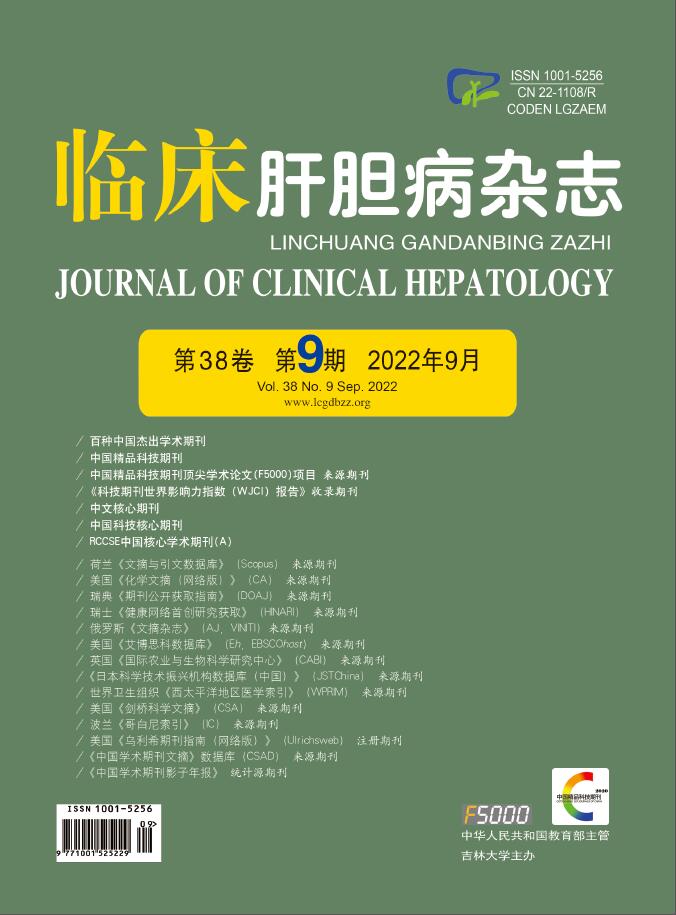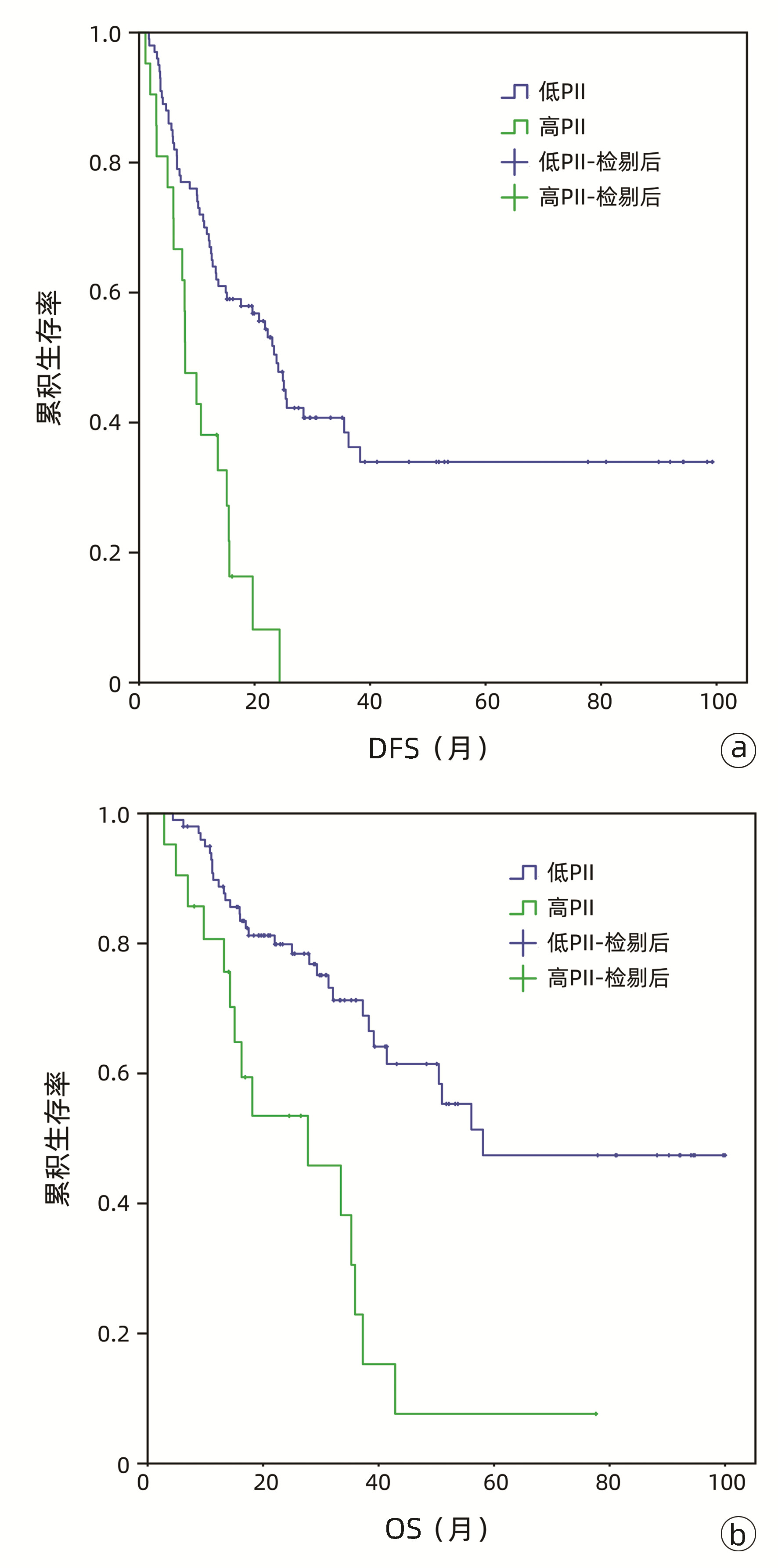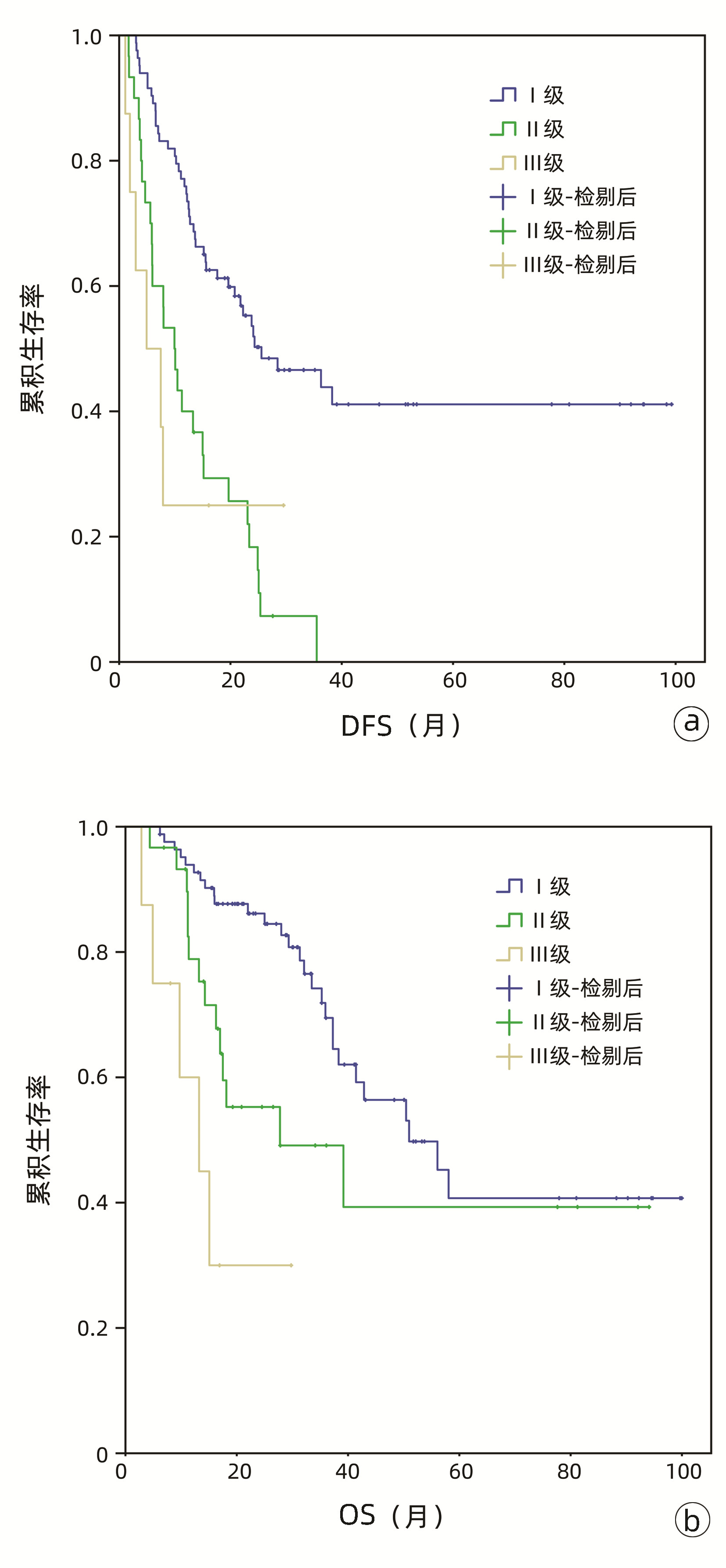| [1] |
BERGQUIST A, von SETH E. Epidemiology of cholangiocarcinoma[J]. Best Pract Res Clin Gastroenterol, 2015, 29(2): 221-232. DOI: 10.1016/j.bpg.2015.02.003. |
| [2] |
TAN JC, COBURN NG, BAXTER NN, et al. Surgical management of intrahepatic cholangiocarcinoma-a population-based study[J]. Ann Surg Oncol, 2008, 15(2): 600-608. DOI: 10.1245/s10434-007-9627-x. |
| [3] |
SI A, LI J, YANG Z, et al. Impact of anatomical versus non-anatomical liver resection on short- and long-term outcomes for patients with intrahepatic cholangiocarcinoma[J]. Ann Surg Oncol, 2019, 26(6): 1841-1850. DOI: 10.1245/s10434-019-07260-8. |
| [4] |
WANG DS, LUO HY, QIU MZ, et al. Comparison of the prognostic values of various inflammation based factors in patients with pancreatic cancer[J]. Med Oncol, 2012, 29(5): 3092-3100. DOI: 10.1007/s12032-012-0226-8. |
| [5] |
KINOSHITA A, ONODA H, IMAI N, et al. Comparison of the prognostic value of inflammation-based prognostic scores in patients with hepatocellular carcinoma[J]. Br J Cancer, 2012, 107(6): 988-993. DOI: 10.1038/bjc.2012.354. |
| [6] |
LIN J, FANG T, ZHU M, et al. Comparative performance of inflammation-based prognostic scores in patients operated for intrahepatic cholangiocarcinoma[J]. Cancer Manag Res, 2019, 11: 9107-9119. DOI: 10.2147/CMAR.S198959. |
| [7] |
CHEN Q, DAI Z, YIN D, et al. Negative impact of preoperative platelet-lymphocyte ratio on outcome after hepatic resection for intrahepatic cholangiocarcinoma[J]. Medicine (Baltimore), 2015, 94(13): e574. DOI: 10.1097/MD.0000000000000574. |
| [8] |
OHIRA M, YOSHIZUMI T, YUGAWA K, et al. Association of inflammatory biomarkers with long-term outcomes after curative surgery for mass-forming intrahepatic cholangiocarcinoma[J]. Surg Today, 2020, 50(4): 379-388. DOI: 10.1007/s00595-019-01905-7. |
| [9] |
MA B, MENG H, SHEN A, et al. Prognostic value of inflammatory and tumour markers in small-duct subtype intrahepatic cholangiocarcinoma after curative-intent resection[J]. Gastroenterol Res Pract, 2021, 2021: 6616062. DOI: 10.1155/2021/6616062. |
| [10] |
ZHANG Y, SHI SM, YANG H, et al. Systemic inflammation score predicts survival in patients with intrahepatic cholangiocarcinoma undergoing curative resection[J]. J Cancer, 2019, 10(2): 494-503. DOI: 10.7150/jca.26890. |
| [11] |
SELLERS CM, UHLIG J, LUDWIG JM, et al. Inflammatory markers in intrahepatic cholangiocarcinoma: Effects of advanced liver disease[J]. Cancer Med, 2019, 8(13): 5916-5929. DOI: 10.1002/cam4.2373. |
| [12] |
CANNA K, MCARDLE PA, MCMILLAN DC, et al. The relationship between tumour T-lymphocyte infiltration, the systemic inflammatory response and survival in patients undergoing curative resection for colorectal cancer[J]. Br J Cancer, 2005, 92(4): 651-654. DOI: 10.1038/sj.bjc.6602419. |
| [13] |
MA B, MENG H, TIAN Y, et al. High expression of HVEM is associated with improved prognosis in intrahepatic cholangiocarcinoma[J]. Oncol Lett, 2021, 21(1): 69. DOI: 10.3892/ol.2020.12330. |
| [14] |
ZHOU SL, DAI Z, ZHOU ZJ, et al. CXCL5 contributes to tumor metastasis and recurrence of intrahepatic cholangiocarcinoma by recruiting infiltrative intratumoral neutrophils[J]. Carcinogenesis, 2014, 35(3): 597-605. DOI: 10.1093/carcin/bgt397. |
| [15] |
MA B, MENG H, TIAN Y, et al. Distinct clinical and prognostic implication of IDH1/2 mutation and other most frequent mutations in large duct and small duct subtypes of intrahepatic cholangiocarcinoma[J]. BMC Cancer, 2020, 20(1): 318. DOI: 10.1186/s12885-020-06804-6. |








 DownLoad:
DownLoad:
